![]()
There are many reasons for migrating to a new lease management system. Some of the more common ones include additional functionality, automation, improved efficiencies, competitive edge, new industry regulations etc. Whatever the reason behind the migration, the migration project will look the same, and although there are many facets to a system migration, there are three major areas of focus that drive the overall success: defining a project scope, developing a project plan and assigning a dedicated project manager.
The first thing a company considering a system migration should focus on is putting together a project scope. By definition, a project scope involves determining and documenting specific deliverables, tasks, costs and deadlines. It’s important when developing the project scope that all the stakeholders for the project have input, understand the scope and agree upon how the project’s goals will be met.
The project scope establishes the boundaries of the project and the responsibilities for each team member, and sets up procedures for how completed work will be verified and approved. During the project, the project scope helps the project team remain focused and on task. The project scope also provides the project team with guidelines for making decisions about scope changes during the project.
When documenting a project’s scope, the project stakeholders should be as specific as possible in order to avoid scope creep, a situation in which parts of a project end up requiring more work, time or effort than accounted for. It’s not uncommon for a system migration project to change along the way, so the better the project has been “scoped” at the beginning, the better the project team will be able to manage any changes that may be needed.
According to the Project Management Institute, 64% of all projects fail to deliver on the original schedule and budget. The biggest cause of these failures is attributed to either poor project scopes, or if the scope was well defined, scope creep. The good news is if the scope is defined clearly and scope creep is effectively managed, the chances of a successful migration improve greatly.
Once you have the project scope defined, the next step is the planning phase. Project planning is the process of defining the specific activities and resources that will be needed for the system migration. During this phase you will define what tasks will be performed, who will perform the tasks, when the tasks will be performed and what resources will be needed to accomplish the tasks. Requirements such as hardware, disk capacity, memory requirements, scalability and other hardware capabilities should also be considered.
When system migration projects fail, companies often blame the software, but the real reason they fail is usually because of poor project planning. Proper planning and following project milestones will go a long way in ensuring project success.
Once you have the project scope defined and the project plan documented, the next step is to assign a project manager. A project manager is a dedicated resource that is accountable for the completion and ultimate success of the project. Unfortunately, many companies make the mistake of seeing the project management role as a nice to have, not a need to have. With organizations expecting projects to be completed faster, cheaper, and with higher quality than ever before, the project manager role is instrumental.
A key benefit of having a project manager is that they become a conduit for effective communication. The very nature of scoping out a project offers an agreed-upon course of action to obtain the desired result. In essence, that means everyone is on the same page from the start of the project. Ensuring a project stays on track requires constant communication with the various team members responsible for each piece of the overall project. That forced communication keeps everyone in the loop as the project evolves.
A project manager is also responsible for keeping scoop creep from sabotaging the project. More often than not, the uncontrollable growth of a project plan is due to the lack of project management, and almost always, guarantees the downfall of a project. Alternatively, successful project management controls the flow of a project and keeps team members focused on working within the original scope of work.
Overall, a project manager provides the structured accountability that is needed to ensure the project is properly championed, and that it stays on track and on schedule.
There are numerous benefits in migrating to a new system, but many companies are still reluctant to do so. Companies fear system migrations will take too long, be over budget, disrupt their business and fail to deliver the expected benefits. This need not be the case. Focusing on these three key areas before you start your migration project will dramatically increase the success of your endeavors and ensure a stable and seamless transition.

